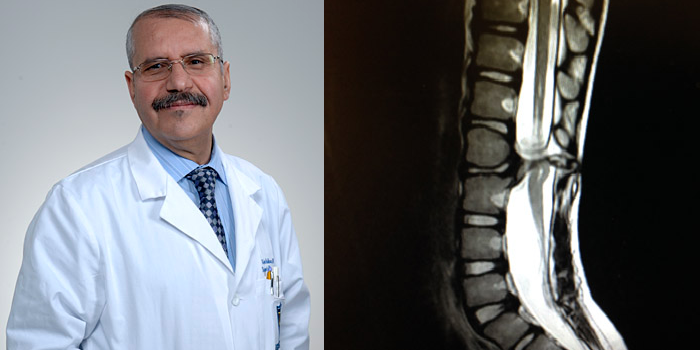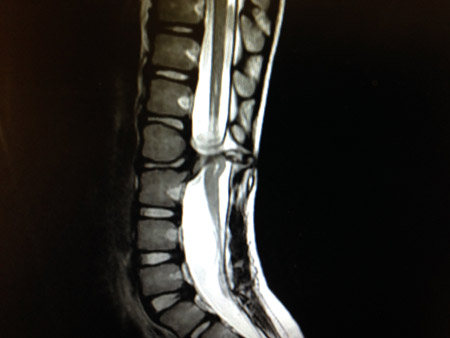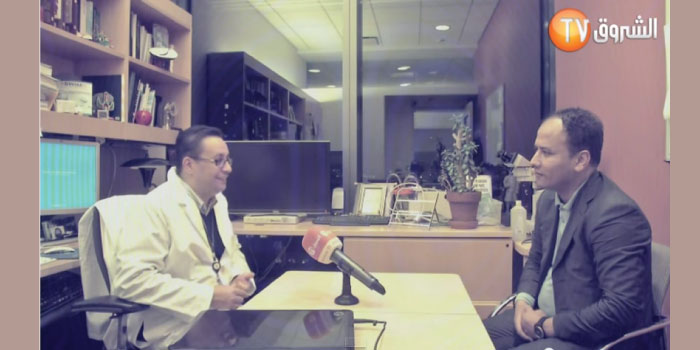If left untreated, diastematomyelia can cause complete lower body dysfunction. Dr. Azedine Medhkour wouldn’t allow that to happen to a 6-year-old Algerian girl.
Diastematomyelia is a rare disease, affecting fewer than one in 4,000 people, where part of the spine protrudes through the spinal cord, splitting it in two. In young children, the disease is hardly noticeable, but when they reach the age of 11 or 12, they begin having issues walking and can later develop irreversible bowel and bladder dysfunction.
The family of the girl reached out to Medhkour after doctors in Algeria said they could not perform the surgery on the child because it was too dangerous. At the time, she was 3 years old and perfectly healthy except for an odd patch of hair on her back, which is a common indication of spinal defects in children.
The complex surgery includes removing the bone protruding through the spinal cord and closing the dura mater that surrounds the split spinal cords. This leads to closure of the sac around both spinal cords, which brings together the sections that were split.
Armed with the expertise and the resources to help the girl, Medhkour offered to do the surgery pro bono.
“Knowing that these young ones are suffering and their future could be endangered by these conditions, we want to lend our hand and show that we can help and make a difference,” the associate professor of surgery and UT Medical Center neurosurgeon said.
The offer to help is not new to him having performed two other successful surgeries free of charge to the families of his patients. In 2010, Medhkour performed a successful surgery on a 5-year-old Algerian girl with spina bifida. Before that in 2009, he helped a 14-month-old boy who couldn’t even lie on his back due to a defect in his spinal cord, which had caused a baseball-sized tumor…
Read the original article published on the university of Toledo website’s: Click here to read more
















